
With the rapid development of science and technology, smart home as a new living concept has been paid more and more attention. Under this concept, the automation and intelligence of the home environment have become an important means to achieve a comfortable life. Among them, the digital temperature sensor has become an indispensable part of the smart home system. Its functions not only cover real-time temperature monitoring, but also enable data linkage through intelligent processing to further improve the comfort and energy efficiency of the home environment.
The basic principle of digital temperature sensor
The core components of digital temperature sensors are thermistors, thermocouples or chip temperature sensors. It works on the basis of a substance's ability to respond to changes in temperature. Taking a thermistor as an example, as the temperature changes, the resistance value will also change accordingly. This change is converted into a digital signal through the circuit and presented in the form of a digital display. This process is not only fast and accurate, but also has good stability and reliability, thus ensuring the accuracy of temperature monitoring.
Advantages of simple integration
A significant advantage of digital temperature sensors is their simple integration in a smart home environment. Modern home intelligent equipment generally adopts modular design, and digital temperature sensors can be easily connected with other intelligent devices. By using standardized communication protocols such as RS-485, I2C or Zigbee, digital temperature sensors can be easily embedded in home automation systems to enable data sharing and device linkage.
For example, in a home heating, ventilation and air conditioning (HVAC) system, the DS1233-5 digital temperature sensor can monitor the temperature of individual rooms in real time. When the temperature of a certain room is below the set threshold, the system can automatically start the heating device to ensure the comfort of the living environment. At the same time, this integrated design also enables users to remotely manage the device through a smartphone or tablet app, which greatly improves the convenience of life.
The importance of anti-interference characteristics
In the process of realizing smart homes, a problem that cannot be ignored is that electromagnetic interference and other external factors in the environment may have an impact on the data acquisition of temperature sensors. The anti-interference ability should be considered in the design of digital temperature sensors to ensure that they can still work stably in complex environments.
Many modern digital temperature sensors enhance their anti-jamming ability by adopting active filtering and signal processing techniques. For example, the use of differential signal transmission can effectively offset the impact of external electromagnetic interference. In addition, some high-end sensors also introduce temperature compensation technology, so that it can maintain good measurement accuracy in different working environments. This anti-interference feature guarantees the stability of the smart home system and provides users with more reliable temperature monitoring data.
Intelligent processing of data
The digital characteristics of the digital temperature sensor enable it to be combined with intelligent algorithms to optimize the user's residential experience through data analysis. Temperature data can be uploaded to the cloud in real time for intelligent analysis by powerful background algorithms. Based on the model prediction of historical data, the system can reasonably adjust the operation strategy of household equipment and improve energy efficiency. For example, when the system detects a temperature fluctuation pattern during a certain period, it can automatically optimize the start and stop time of the air conditioner, thereby saving energy and creating a more comfortable environment for users.
In addition, the intelligent temperature control system can also link temperature data with other sensors (such as humidity sensors, light sensors, etc.) to form a multi-dimensional environment perception capability. Thus, users can not only get real-time temperature information, the system can also automatically adjust the operation mode according to changes in the environment. For example, in the case of strong light, the system can reduce the cooling intensity of the air conditioner, thereby reducing energy consumption and extending the service life of the equipment.
Improved user experience
The wide application of digital temperature sensor has brought significant convenience to users. Through temperature monitoring, users can understand the temperature changes in their homes in real time, and then make corresponding adjustments. In addition, combined with the application of mobile devices such as smartphones, users can manage their home devices anytime and anywhere, which means that users no longer need to worry about the temperature at home when they go out.
In addition, the digital temperature sensor can also alert the user to temperature changes through intelligent notification or alarm system. When the temperature exceeds the set range, the system will send an alert through the mobile app, prompting the user to take appropriate measures. This feature not only ensures home safety, but also enhances users' awareness of active monitoring.
Integrated home security
In the security management of smart home, digital temperature sensors also play an important role. Through the linkage with the smoke alarm or fire monitoring system, the digital temperature sensor can detect abnormal temperature changes in time, so as to issue an alarm when the fire first starts. This timely temperature monitoring and alarm mechanism greatly improves the security of the home, and users can enjoy the convenience brought by smart home at the same time, but also get a higher level of security.
Future application prospects
With the further development of the Internet of Things technology, the application of digital temperature sensors in smart homes will be more extensive and in-depth. It is expected that more intelligent temperature control systems will appear in the future, which can not only accurately and efficiently adjust the indoor temperature, but also continuously optimize the temperature control strategy through self-learning algorithms, and finally realize the true sense of smart home.
The Products You May Be Interested In
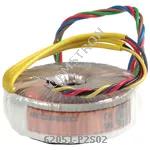 |
62051-P2S02 | XFRMR TOROIDAL 15VA CHAS MOUNT | 184 More on Order |
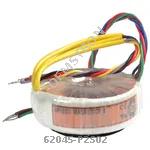 |
62045-P2S02 | XFRMR TOROIDAL 10VA CHAS MOUNT | 135 More on Order |
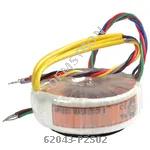 |
62043-P2S02 | XFRMR TOROIDAL 10VA CHAS MOUNT | 304 More on Order |
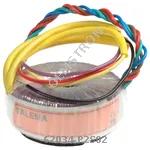 |
62034-P2S02 | XFRMR TOROIDAL 7VA CHAS MOUNT | 441 More on Order |
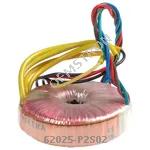 |
62025-P2S02 | XFRMR TOROIDAL 5VA CHAS MOUNT | 218 More on Order |
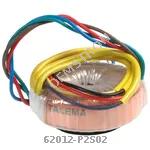 |
62012-P2S02 | XFRMR TOROIDAL 3.2VA CHAS MOUNT | 178 More on Order |
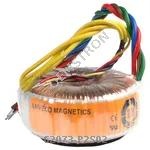 |
62073-P2S02 | XFRMR TOROIDAL 35VA CHAS MOUNT | 294 More on Order |
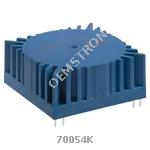 |
70054K | XFRMR TOROIDAL 15VA THRU HOLE | 262 More on Order |
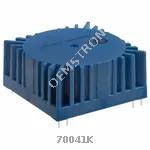 |
70041K | XFRMR TOROIDAL 10VA THRU HOLE | 157 More on Order |
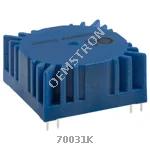 |
70031K | XFRMR TOROIDAL 7VA THRU HOLE | 481 More on Order |
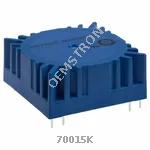 |
70015K | XFRMR TOROIDAL 3.2VA THRU HOLE | 421 More on Order |
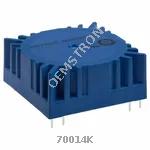 |
70014K | XFRMR TOROIDAL 3.2VA THRU HOLE | 309 More on Order |
 |
70013K | XFRMR TOROIDAL 3.2VA THRU HOLE | 244 More on Order |
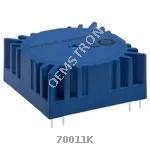 |
70011K | XFRMR TOROIDAL 3.2VA THRU HOLE | 420 More on Order |
 |
62015-P2S02 | XFRMR TOROIDAL 3.2VA CHAS MOUNT | 210 More on Order |
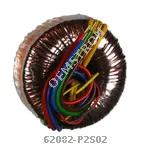 |
62082-P2S02 | XFRMR TOROIDAL 50VA CHAS MOUNT | 277 More on Order |
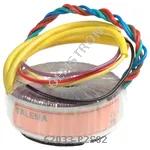 |
62033-P2S02 | XFRMR TOROIDAL 7VA CHAS MOUNT | 360 More on Order |
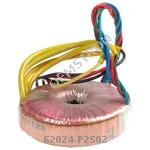 |
62024-P2S02 | XFRMR TOROIDAL 5VA CHAS MOUNT | 268 More on Order |
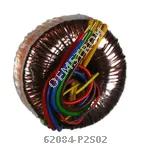 |
62084-P2S02 | XFRMR TOROIDAL 50VA CHAS MOUNT | 607 More on Order |
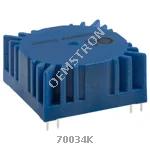 |
70034K | XFRMR TOROIDAL 7VA THRU HOLE | 674 More on Order |
 |
AC1200 | CURR SENSE XFMR 200A T/H | 119 More on Order |
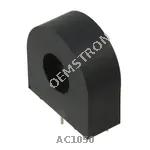 |
AC1050 | CURR SENSE XFMR 50A T/H | 409 More on Order |
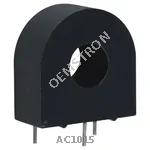 |
AC1015 | CURR SENSE XFMR 15A T/H | 287 More on Order |
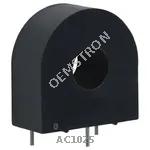 |
AC1025 | TRANSFORMER CURRENT 25.0 AMP | 235 More on Order |

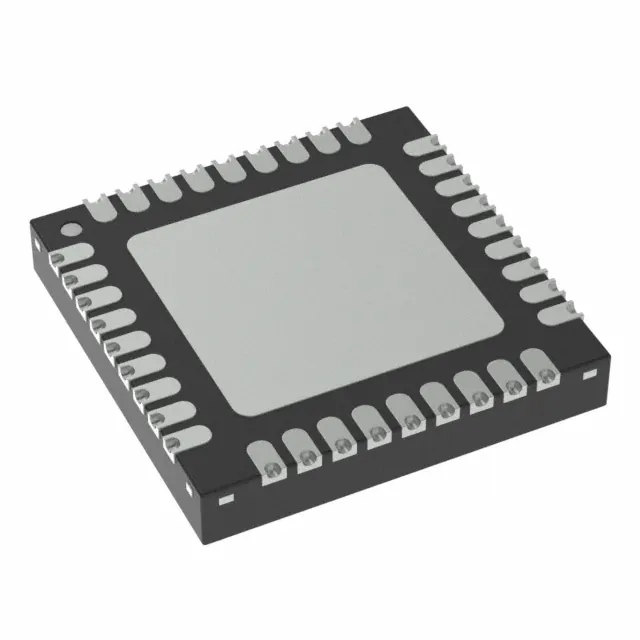 Semiconductors
Semiconductors









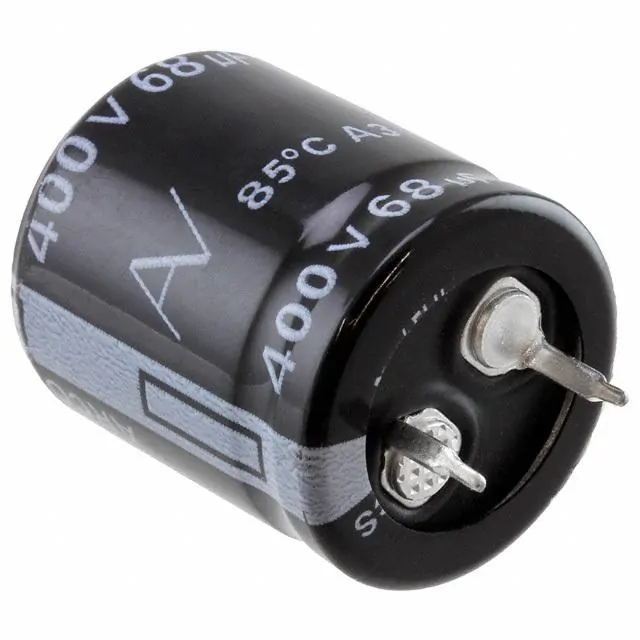 Passive Components
Passive Components









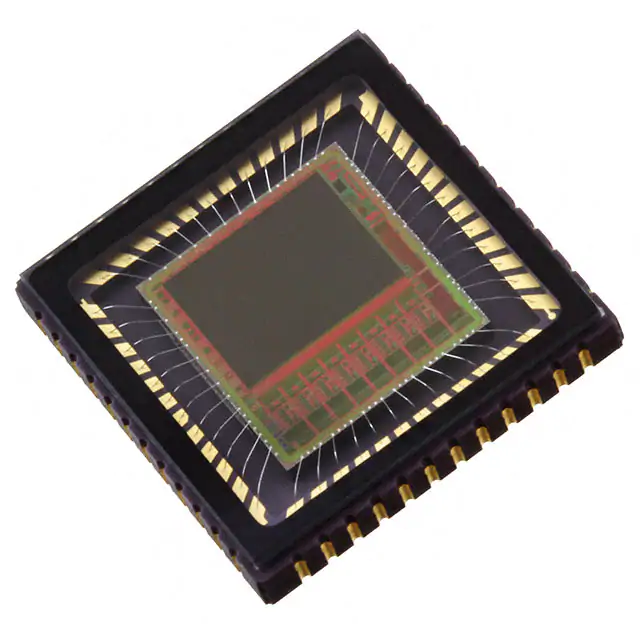 Sensors
Sensors








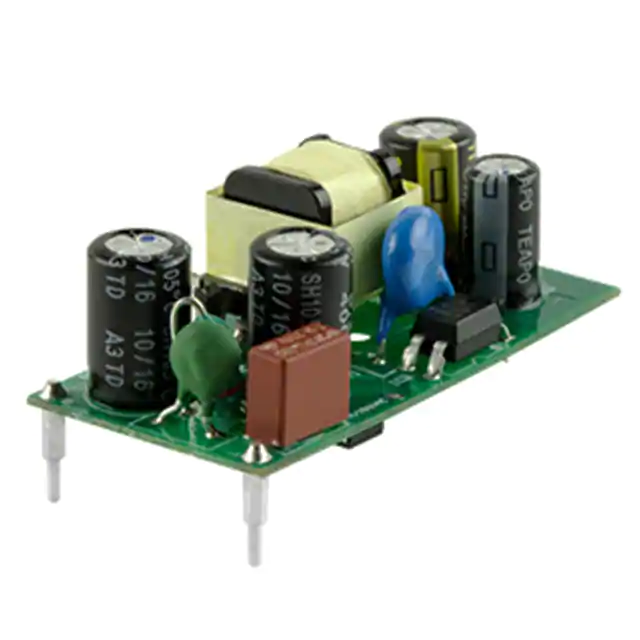 Power
Power









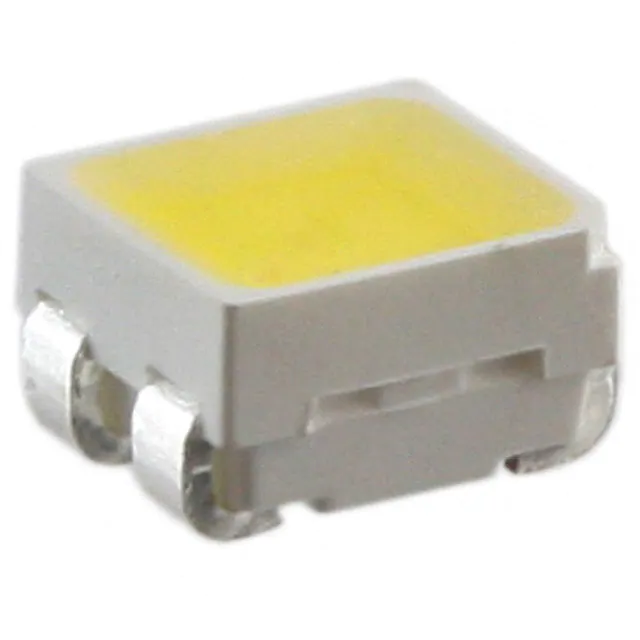 Optoelectronics
Optoelectronics








